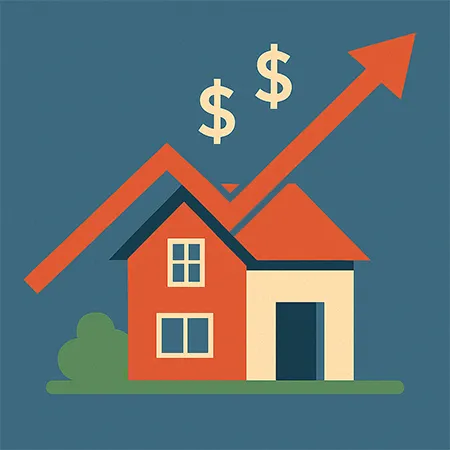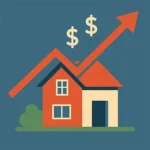
No one is disputing that Virginia needs more housing. The signs are all around us, the data is staggering, and — ultimately — the lack of housing impacts us all. But while there is consensus that the problem is big, most Virginians aren’t aware of just how ominous and far-reaching the issue is today. A few simple statistics help set the bleak scene:
- In 2023, Austin, Texas had more new residential builds (38,773) than the entire state of Virginia (36,096).
- In the Richmond metro area, affording a median-priced home requires a household income of about $125,000. However, 25- to 44-year-olds earn a median of $91,000. (This helps explain why the median age of first-time homebuyers in America has hit a record high of 38.)
- Renters aren’t unscathed. Virginia was recently listed among the top five states with the steepest rent increases, reflecting ongoing housing demand and limited inventory.
- With limited supply, sluggish residential construction and rising prices, it’s no surprise we’re hearing so much conversation about housing. An often-overlooked part of the housing narrative that needs more attention is the essential role market-rate housing plays in driving economic growth and supporting local and state governments.
Recent analysis from Virginia Realtors reveals that currently Virginia needs approximately 188,000 additional market-rate housing units to meet the growing, pent-up demand from households earning above 80% AMI, or area median income. Of those 188,000, about 40% are needed for households earning above 120% AMI. That’s right — supply shortage has become so bad that now six-figure income households are struggling to break into the housing market in our state.
If left unchecked, the outlook for the next few years is even more dismal. By 2030, Virginia’s lack of supply is projected to soar to 214,000 housing units behind what’s needed to meet the ever-growing demand.
Supporting a steady pipeline of market-rate housing across all income levels — not just luxury developments or deeply subsidized projects — is essential. Middle-income earners like teachers, health care workers, first responders, civil servants and manufacturing employees are being increasingly priced out of our communities. These are the Virginians who fall within the 80-120% AMI. When those who care for our communities can’t afford to live in them, it’s hard to deny how urgently change is needed.
Without adequate housing options, these professionals face long commutes or are forced to leave the region or state altogether, weakening the local labor force, making communities less vibrant, and straining transportation systems. Additionally, new businesses from outside Virginia are bypassing our state due to our inability to house their employees. We know this because they are telling us.
In Virginia, where the median home price is around $425,000, each real estate transaction delivers substantial economic impact. Each home sale injects an estimated $130,000 into the local economy, including spending on real estate services, legal and title fees, home goods and furnishings, and local and state tax revenue.
New construction has an even greater effect, generating tens of thousands in wages for local workers, major material purchases and increased consumer activity. Local governments also benefit from property taxes, permit fees, utility hookups, and transfer taxes — all of which support schools, infrastructure, public safety and essential services.
Few industries offer the kind of direct, measurable return on investment that housing does. And with uncertainty surrounding federal spending, housing will play an even larger role in driving Virginia’s economy and retaining our valuable workforce. That potential will only be realized if our leaders commit to real solutions that allow more homes to be built.
From where we stand, the problem is only getting worse, and waiting is not an option. We need to work collectively with businesses, local governments and the General Assembly to actively chart the commonwealth’s future. Nobody wants the American dream of homeownership to be a pipe dream for our children. Our future can include a housing stock that meets the needs of Virginians as a place to put down roots and thrive — but it’s up to us.
Take Action
- Read Henrico Supervisor Misty Rountree’s thoughts on how each of us can alleviate this crisis.




